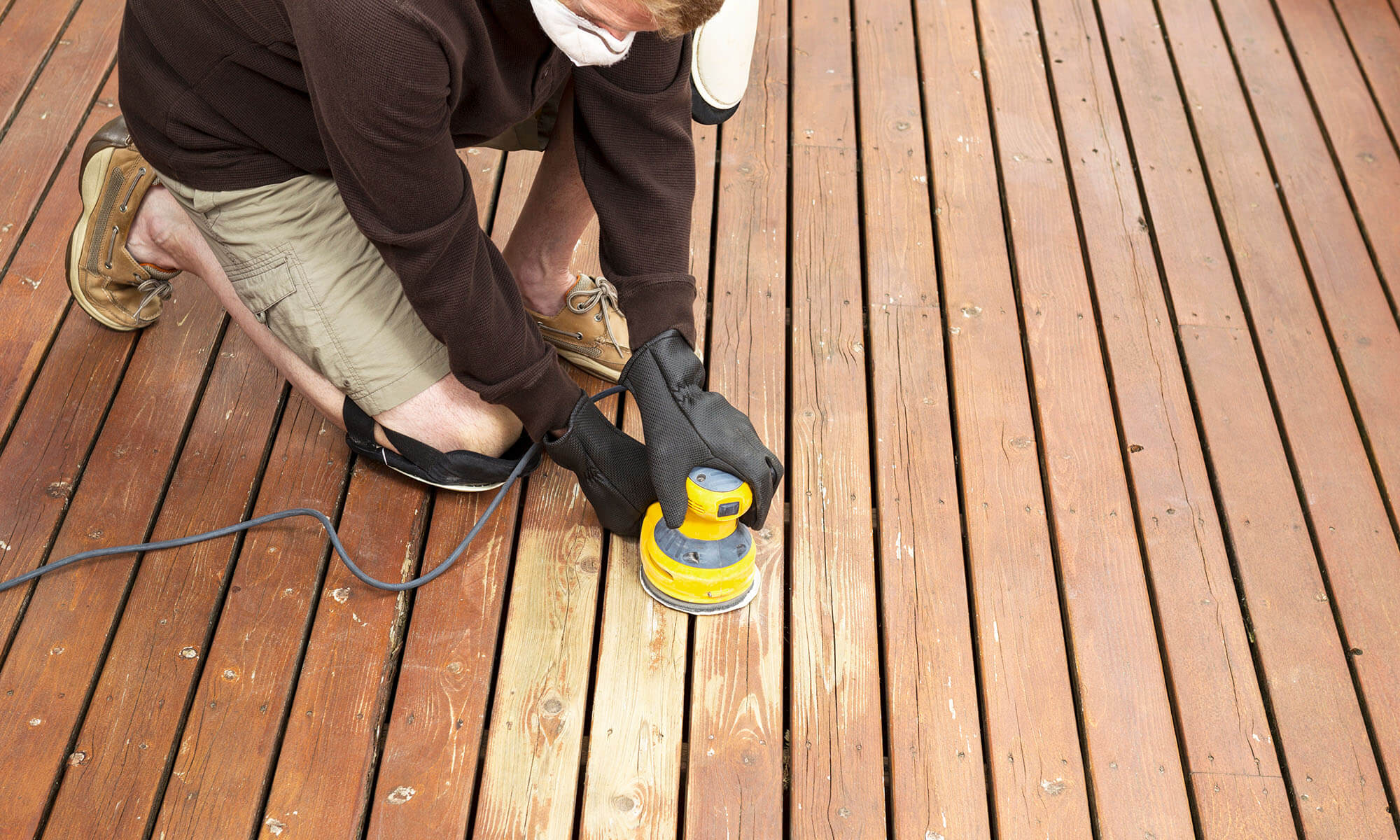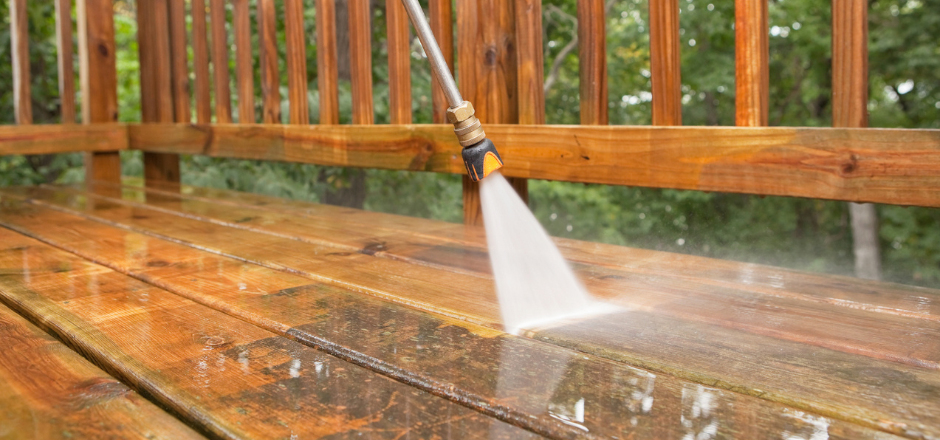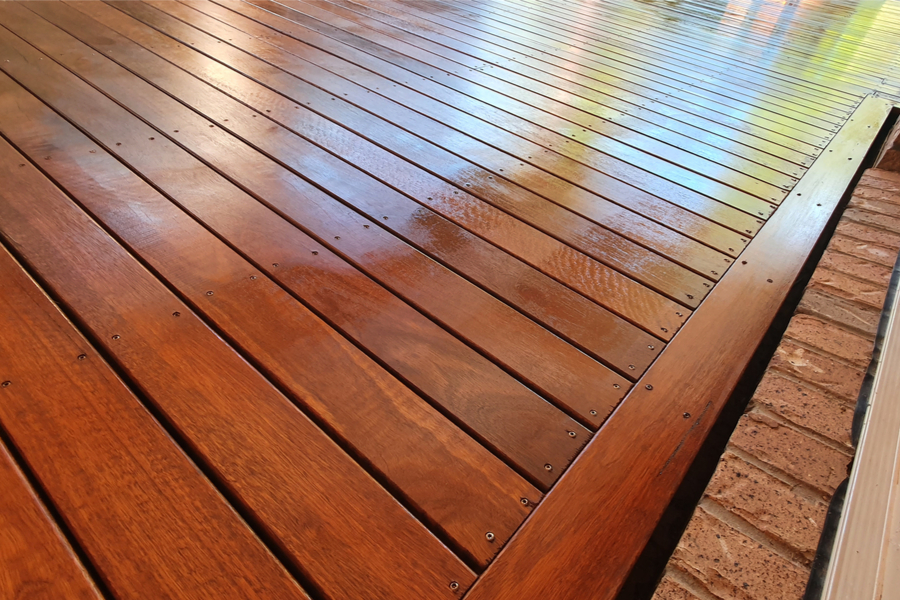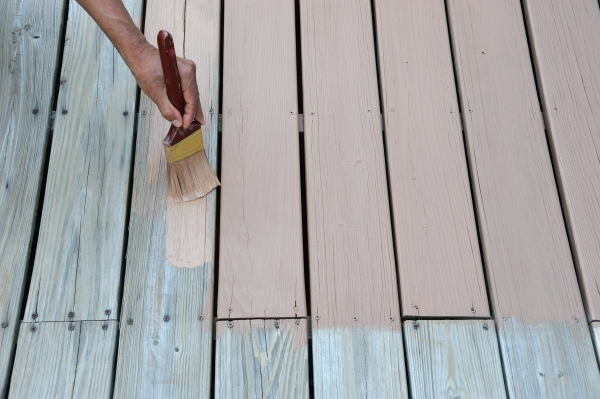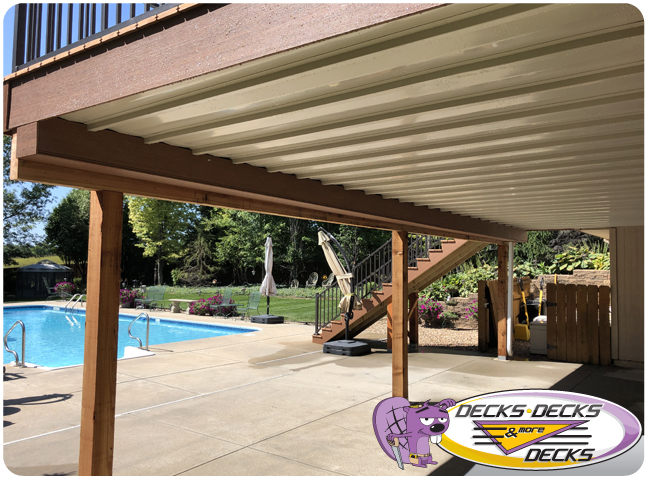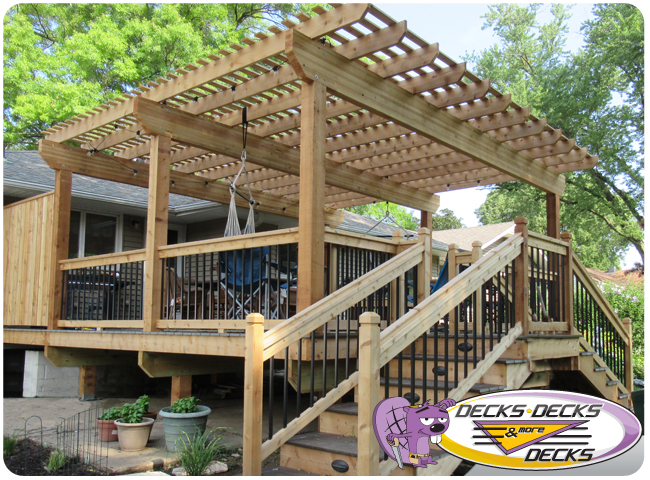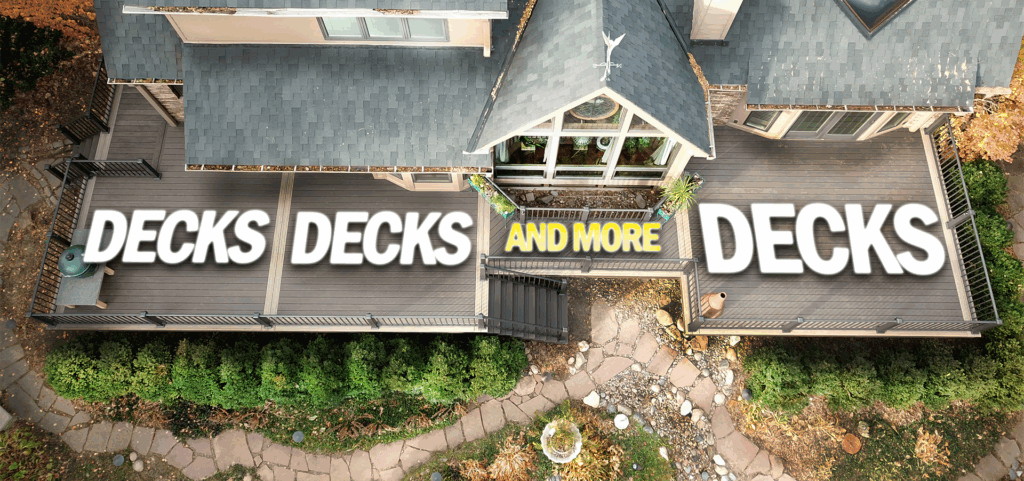Deck Safety Checklist: How to Ensure Your Deck is Secure in Omaha
A deck can be a fantastic addition to your home, providing a perfect space for outdoor relaxation and entertainment. However, ensuring your deck’s safety is crucial to avoid accidents and maintain its integrity over time. Here’s a comprehensive checklist to help you keep your deck secure and safe for use in Omaha’s diverse climate.
1. Inspect the Deck Structure
Check for Stability:
- Footings and Foundations: Ensure that the deck’s footings and foundations are secure and not shifting. Look for signs of settling or movement that could compromise stability.
- Support Posts and Beams: Inspect the support posts and beams for any signs of rotting, cracking, or damage. They should be firmly anchored and in good condition.
Examine Joists and Decking:
- Joist Spacing: Verify that joists are spaced correctly according to building codes. Improper spacing can lead to sagging or structural failure.
- Deck Boards: Check for any loose, cracked, or warped deck boards. Replace or repair any damaged boards to prevent tripping hazards and ensure a smooth surface.
2. Inspect Fasteners and Hardware
Screws and Nails:
- Secure Connections: Ensure that all screws and nails are properly seated and not protruding. Loose or missing fasteners can compromise the deck’s stability.
- Rust and Corrosion: Look for signs of rust or corrosion on metal fasteners. Replace any corroded fasteners with rust-resistant alternatives.
Hardware:
- Brackets and Connectors: Check all metal brackets and connectors for secure attachment. Ensure they are not bent, damaged, or loose.
3. Evaluate the Railings and Stairways
Railings:
- Stability: Test the stability of railings by applying pressure to ensure they do not wobble or move. Secure any loose railing posts or balusters.
- Height and Spacing: Confirm that railings meet local building codes for height and baluster spacing to prevent accidental falls.
Stairways:
- Treads and Risers: Inspect stair treads and risers for stability and evenness. Repair any loose or damaged steps to prevent trips and falls.
- Handrails: Ensure handrails are securely attached and provide a comfortable grip. They should be at the correct height and not wobble.
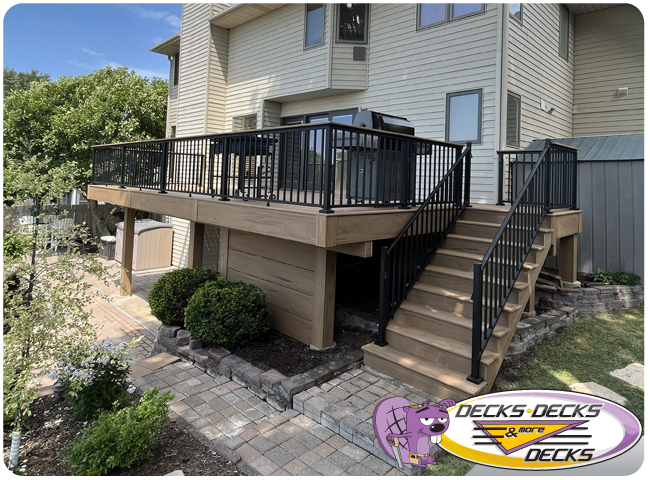
4. Check for Moisture Damage
Inspect for Signs of Water Damage:
- Wood Rot: Look for signs of wood rot or mold on the deck boards, joists, and support beams. Replace any rotted wood to prevent further damage.
- Waterproofing: Ensure that any waterproofing or sealant is intact and effective. Reapply as needed to protect the deck from moisture damage.
Gutters and Drainage:
- Proper Drainage: Make sure that gutters and downspouts are directing water away from the deck. Proper drainage helps prevent water pooling and reduces the risk of damage.
5. Regular Maintenance and Upkeep
Cleaning:
- Debris Removal: Regularly remove leaves, dirt, and other debris from the deck surface to prevent mold and mildew growth.
- Cleaning Solutions: Use appropriate cleaning solutions to remove stains and dirt. Avoid harsh chemicals that could damage the deck’s finish.
Staining and Sealing:
- Reapply Stain or Sealant: Follow a regular maintenance schedule for staining and sealing your deck. This helps protect the wood from weather damage and keeps it looking its best.
6. Safety Features and Compliance
Building Codes:
- Local Regulations: Ensure that your deck complies with Omaha’s building codes and regulations. Check for any updates or changes that may affect your deck.
Safety Measures:
- Lighting: Install adequate lighting to ensure the deck is well-lit during evening use. This helps prevent accidents and enhances safety.
- Furniture Placement: Arrange deck furniture to avoid blocking pathways or creating tripping hazards. Ensure that all furniture is stable and secure.
Conclusion
Maintaining a safe and secure deck is essential for enjoying your outdoor space without worry. By following this checklist and performing regular inspections, you can ensure that your deck remains a safe and enjoyable area for you and your family.
Check Out This Blog!
 free estimates: (402) 690-1050
free estimates: (402) 690-1050
